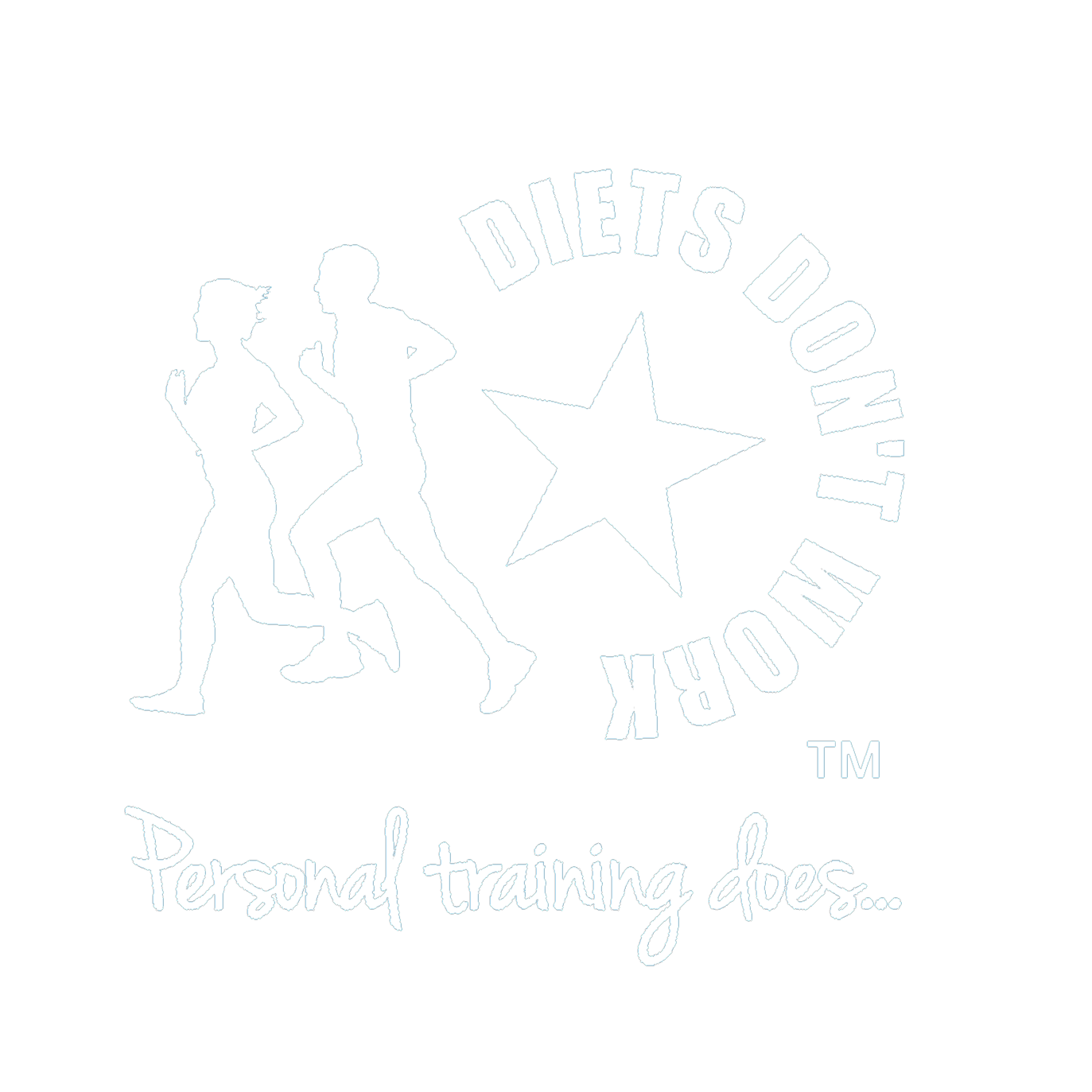 More popular than ever, spinning or indoor cycling is. a great way to get and stay fit. It’s only partial weight bearing, so there is less impact and potential damage to the joints than some other types of cardio. It also predominantly uses our largest muscle groups (or legs) which makes it easier to burn more calories in a short space of time. These large muscle groups also demand high amounts of oxygen during a workout, so it’s easy to go into the anaerobic zone of fitness; more on this later. Spinning can be done alone and indoor bikes don’t take up much space, or you can do classes, which are very popular as you get camaraderie and competition as well as increased fun. You can now also do both (a class on your own) with the popular smart bike the Peleton and similar models. Of course, much of the terminology explained below also applies to normal road or trail biking, which is also hugely beneficial and has the added benefit of getting us outdoors.
More popular than ever, spinning or indoor cycling is. a great way to get and stay fit. It’s only partial weight bearing, so there is less impact and potential damage to the joints than some other types of cardio. It also predominantly uses our largest muscle groups (or legs) which makes it easier to burn more calories in a short space of time. These large muscle groups also demand high amounts of oxygen during a workout, so it’s easy to go into the anaerobic zone of fitness; more on this later. Spinning can be done alone and indoor bikes don’t take up much space, or you can do classes, which are very popular as you get camaraderie and competition as well as increased fun. You can now also do both (a class on your own) with the popular smart bike the Peleton and similar models. Of course, much of the terminology explained below also applies to normal road or trail biking, which is also hugely beneficial and has the added benefit of getting us outdoors.
Spinning terminology explained
Cadence
Cadence is the speed at which the pedals rotate. On some older machines it may be called RPM, which is perhaps a more logical name, but there you go. Low cadence would be around 40-60 revolutions per minute, high cadence anywhere from 80-120.
Resistance
This is the resistance pushing through the pedals against your force. It can stimulate going uphill or into a headwind…or both! On a Peleton it goes from 1-100, many gym machines go from 1-2- or 1-30.
Watts
A watt is a unit of power. It is the amount of energy an item needs to function; the rate at which energy is consumed. One watt is equivalent to electricity flowing at a rate of one joule (unit of energy) per second. So a 100w lightbulb will be demanding 100 joules of energy every second. In spinning, watts are a measure of how much power is being expended by the person pedaling. That power is a combination of force (from your legs) and RPM or cadence.
So generally speaking, POWER is a function of FORCE multiplied by the VELOCITY at which the rider is pedaling:
In the case of cycling, wattage (power) is equal to gear (force) multiplied by revolutions per minute (velocity): Wattage = Gear × RPM
As this equation illustrates, power is not a reflection of either gear or rpm by itself. An increase in both velocity and force will result in a higher intensity than an increase in either of them alone.
Power or watts is an instantaneous measurement, so will fluctuate a lot. A good guide is average watts over a period of time. Peak watts will also be a good guide as to how much power you can put out. Generally speaking, a beginner cyclist may average around 75–100 watts in a 1-hour workout. A fit participant will average more than 100 watts, and pro cyclists can reach 400 watts per hour. A strong, fit male might have a peak watts of 1000; 6 times gold medalist Chris Hoy peaked at 2500 watts.
FTP – Functional threshold Power
FTP is a cycling metric that stands for Functional Threshold Power. It estimates the highest average power you can sustain for one hour, measured in watts. In cycling, FTP is a measure of fitness and indicates the amount of work you can sustain for long durations. Additionally, it’s used to determine power zones used in training. From a physiological point of view, it’s the cycling power at which the production of lactic acid (the by-product of our anaerobic energy system of the same name) matches our ability to remove lactic acid. In cycling, FTP is that grey area between the power you can sustain for a very long duration, typically an hour, and the fleeting power you can only tolerate for a couple of minutes. The line between the two is usually quite fine, just a few watts on either side.
Clips and cleats
Clips are on the pedal and are a spring-loaded mechanism that allow you to attach your shoes to the pedal. This allows the rider to push and pull the pedal back up when cycling, using all the muscles in the legs (not just quads and glutes) making for a more efficient pedal stroke. The shoes that clip in are called cleats.

Recent Comments